The South American country is facing annual inflation of 124%, pushing poverty above 40% and raising the risk that voters will back a radical party in next month's general election.
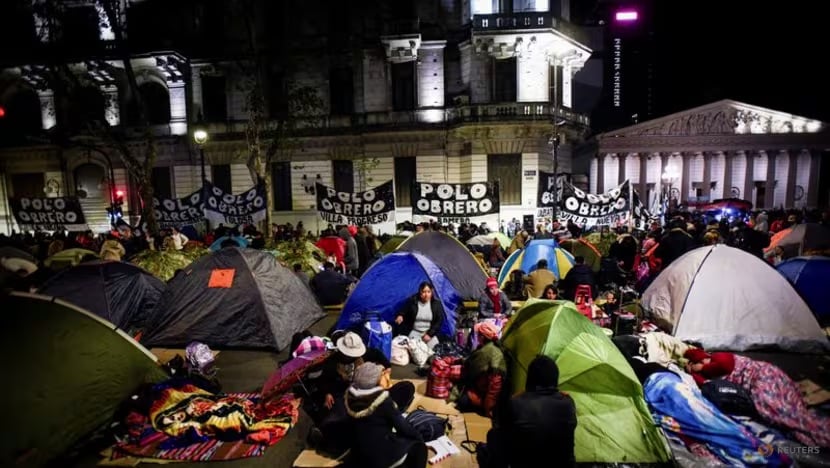
Unemployed workers camp out and protest at Plaza de Mayo in Buenos Aires, Argentina. Photo: Reuters
Standing in a long line for food in the central square next to the Casa Rosada Presidential Palace, Erica Maya, 45, said she could only earn 3,000-4,000 pesos a day collecting cardboard, worth $4 at the current exchange rate.
“What would you do with that money? Nothing,” said the mother of six. “It’s more comfortable here, better food. You leave full and happy.”
Argentina — struggling with a looming recession and dwindling foreign reserves — saw its poverty rate rise to 40.1% in the first half of 2023, or nearly 12 million people, official data showed Wednesday. That’s up from more than 39% at the end of last year.
“We estimate that the poverty level in Argentina is 40% of the population,” said Eduardo Donza, from the Catholic University’s Social Debt Observatory.
“There needs to be government policies that are consensual and aimed at production and job creation. Otherwise we have almost no chance of getting out of this situation,” Donza added.
Many Argentines have taken on informal jobs to make up for their low incomes as they make ends meet.
“I had to sell tortillas to find a way to help my family and my daughter survive,” said Diego Ortiz, 30, as he cooked tortillas on the outskirts of Buenos Aires. “I do this to feed my family because it’s hard to find work right now.”
Mai Anh (according to Reuters, CNA)
Source



![[Photo] Nearly 3,000 students moved by stories about soldiers](https://vphoto.vietnam.vn/thumb/1200x675/vietnam/resource/IMAGE/2025/5/17/21da57c8241e42438b423eaa37215e0e)
![[Photo] More than 17,000 candidates participate in the 2025 SPT Competency Assessment Test of Hanoi National University of Education](https://vphoto.vietnam.vn/thumb/1200x675/vietnam/resource/IMAGE/2025/5/17/e538d9a1636c407cbb211b314e6303fd)
![[Photo] Prime Minister Pham Minh Chinh chairs meeting on science and technology development](https://vphoto.vietnam.vn/thumb/1200x675/vietnam/resource/IMAGE/2025/5/17/ae80dd74c384439789b12013c738a045)

![[Photo] Readers line up to visit the photo exhibition and receive a special publication commemorating the 135th birthday of President Ho Chi Minh at Nhan Dan Newspaper](https://vphoto.vietnam.vn/thumb/1200x675/vietnam/resource/IMAGE/2025/5/17/85b3197fc6bd43e6a9ee4db15101005b)











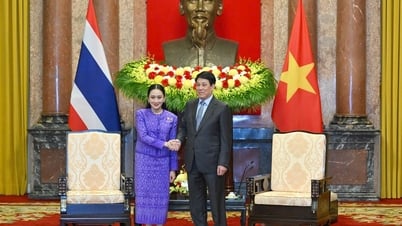


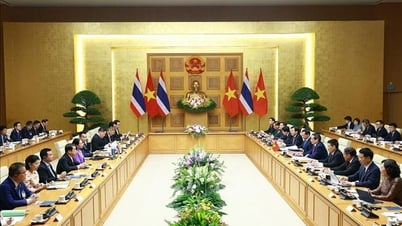

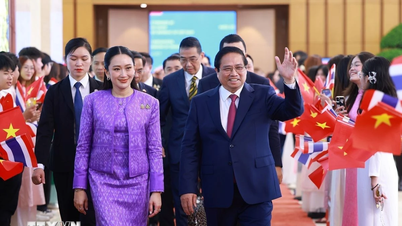

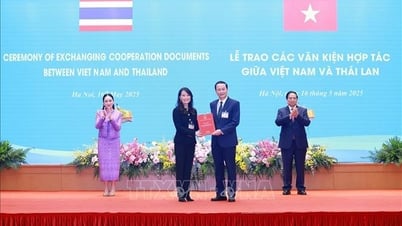



























































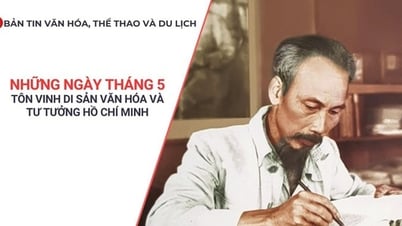
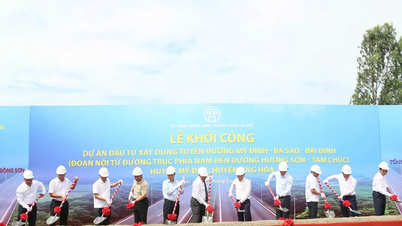



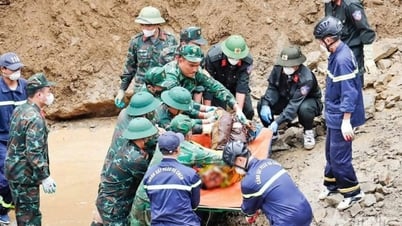














Comment (0)